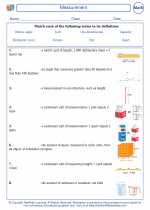Decimals
Decimals are a way of expressing parts of a whole or parts of a group. They are a way of writing fractions with denominators that are powers of 10. In the decimal system, each digit to the right of the decimal point represents a value that is a power of 10. The first digit to the right of the decimal point is in the tenths place, the second digit is in the hundredths place, the third digit is in the thousandths place, and so on.
Reading and Writing Decimals
When reading a decimal, the word "and" is used to separate the whole number part from the fractional part. For example, the decimal 3.25 is read as "three and twenty-five hundredths."
To write a decimal, place the digits to the right of the decimal point in the appropriate place value positions. For example, the decimal 4.73 can be written as 4 + 7/10 + 3/100.
Comparing and Ordering Decimals
When comparing decimals, start by comparing the whole number parts. If the whole number parts are equal, then compare the decimal parts, starting from the left. If one decimal has more digits to the left of the decimal point, add trailing zeros to the other decimal as needed for comparison.
To order decimals from least to greatest or greatest to least, use the same process as for comparing. Start by comparing the whole number parts, then compare the decimal parts if the whole number parts are equal.
Adding and Subtracting Decimals
To add or subtract decimals, write the numbers vertically so that the decimal points are aligned. Then, add or subtract as you would with whole numbers, being careful to keep the decimal point in the correct position in the answer.
Multiplying and Dividing Decimals
When multiplying decimals, ignore the decimal points and multiply the numbers as if they were whole numbers. Then, count the total number of decimal places in the factors and place the decimal point in the product so that it has that same number of decimal places.
When dividing decimals, move the decimal point in the divisor and dividend so that the divisor is a whole number. Then, perform the division as if it were a whole number division problem. Finally, place the decimal point in the quotient so that it has the same number of decimal places as the dividend.
Rounding Decimals
To round a decimal to a certain place value, look at the digit to the right of the desired place value. If it is 5 or greater, round up. If it is less than 5, round down. Then, change all the digits to the right of the desired place value to zero.
For example, to round 3.789 to the nearest tenth, the 8 in the hundredths place causes the 7 to round up to 8, so the rounded value is 3.8.
Real-Life Applications
Decimals are used in many real-life situations, such as calculating prices, measuring ingredients for recipes, and understanding measurements like length, weight, and volume. Understanding decimals is essential for handling money, using measurements, and working with percentages in everyday life.
Study Guide
- Understand the place value positions of decimals.
- Be able to read and write decimals in words and standard form.
- Know how to compare and order decimals.
- Practice adding, subtracting, multiplying, and dividing decimals.
- Learn how to round decimals to a given place value.
- Explore real-life applications of decimals in everyday situations.
By mastering the concepts and skills related to decimals, you will be well-prepared to handle various mathematical and real-world problems involving decimals.
[Decimals] Related Worksheets and Study Guides:
.◂Math Worksheets and Study Guides Fourth Grade. Measurement
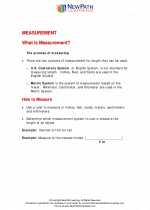
 Activity Lesson
Activity Lesson
 Activity Lesson
Activity Lesson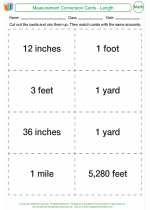
 Activity Lesson
Activity Lesson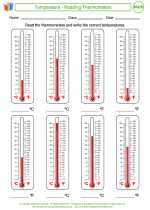
 Worksheet/Answer key
Worksheet/Answer key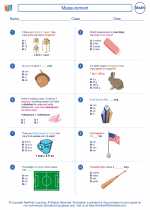
 Worksheet/Answer key
Worksheet/Answer key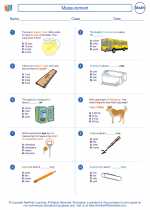
 Worksheet/Answer key
Worksheet/Answer key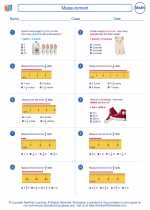
 Worksheet/Answer key
Worksheet/Answer key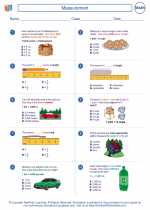
 Worksheet/Answer key
Worksheet/Answer key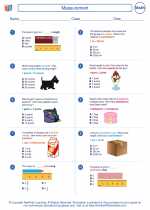
 Worksheet/Answer key
Worksheet/Answer key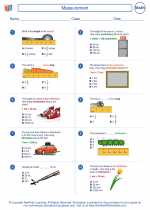
 Worksheet/Answer key
Worksheet/Answer key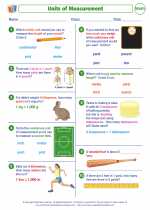
 Worksheet/Answer key
Worksheet/Answer key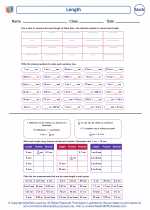
 Worksheet/Answer key
Worksheet/Answer key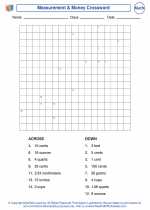
 Worksheet/Answer key
Worksheet/Answer key
 Vocabulary/Answer key
Vocabulary/Answer key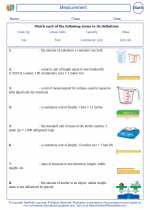
 Vocabulary/Answer key
Vocabulary/Answer key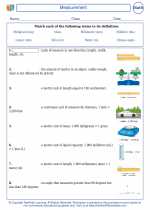
 Vocabulary/Answer key
Vocabulary/Answer key